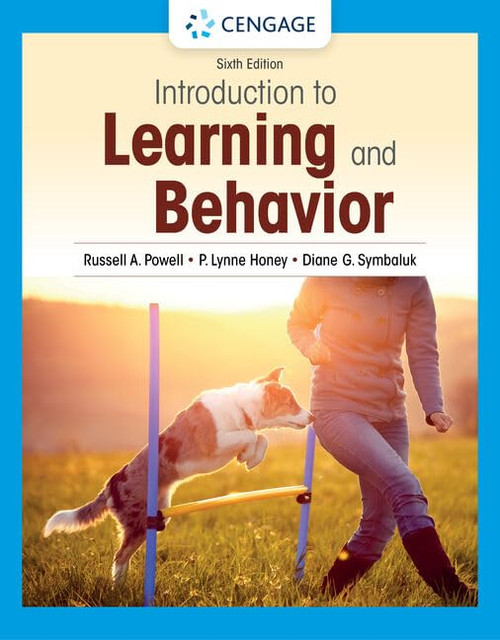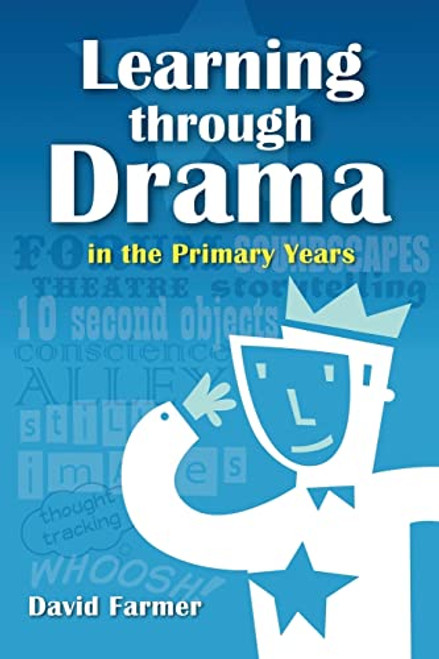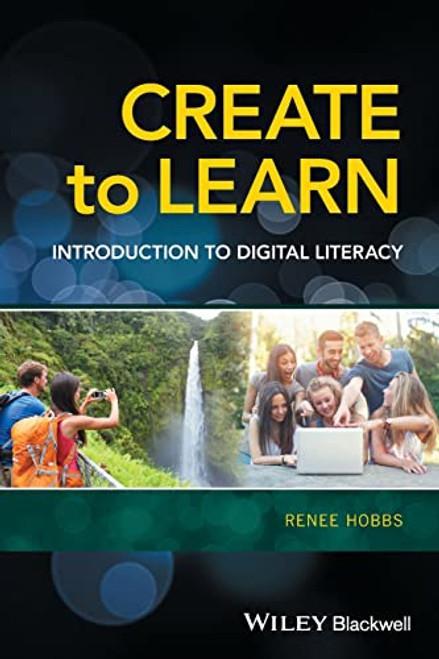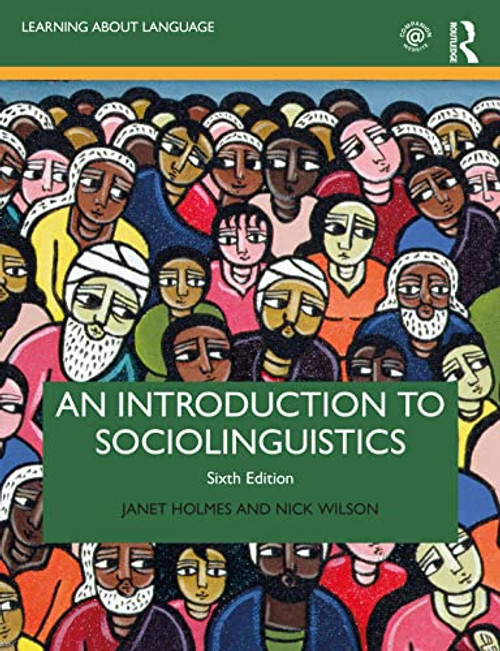Introduction to Cinematography offers a practical, stage-by-stage guide to the creative and technical foundations of cinematography. Building from a skills-based approach focused on professional practice, cinematographer and author Tania Hoser provides a step-by-step introduction for both cinematographers and camera assistants to the techniques, processes, and procedures of working with cameras, lenses, and light. She provides hands-on insight into negotiating with production constraints and understanding the essentials of the image workflow from shot to distribution, on projects of any scope and budget. Richly illustrated, the book incorporates exercises and sample scripts throughout, exploring light, color, movement, blocking, and pacing scenes. The principles and techniques of shaping and controlling light are applied to working with natural light, film lamps, and, as with all areas of cinematography, to low budget alternatives. This makes Introduction to Cinematography the perfect newcomers guide to learning the skills of cinematography that enables seamless progression from exercises through to full feature shoots. Assessment rubrics provide a framework to measure progress as the readers ability to visually interpret scripts and enhance the directors vision develops. The book also teaches readers: To understand and develop the combination of skills and creativity involved in cinematography; Photographic principles and how they are applied to control focus exposure, motion blur, and image sharpness; To identify the roles and skills of each member of the camera department, and how and when each are required during a shoot; The order and process of lighting on all scales of productions and the use and application of the four main types of lamps; How to use waveforms, false color, and zebras for monitoring light levels, and meters for guiding exposure choices; The principles of the color wheel, color palettes, and the psychological effects of color choices; How to shoot for different types of fiction and nonfiction/documentary films and how to apply these skills to other genres of TV and film production; Strategies for both starting and progressing your career within cinematography and the camera department. **Winner of 'Best new Textbook in Humanities and Media Arts' in the Taylor and Francis Editorial Awards 2018**
Introduction to Cinematography: Learning Through Practice
Routledge
MSRP:
Was:
Now:
$45.42 - $67.59
(You save
)
(No reviews yet)
Write a Review

Write a Review

Routledge
Introduction to Cinematography: Learning Through Practice
- SKU:
- UPC:
- 9781138235144
- Maximum Purchase:
- 2 units
- Binding:
- Paperback
- Publication Date:
- 12/28/2018
- Release Date:
- 12/30/2018
- Author:
- Hoser, Tania
- Language:
- English: Published; English: Original Language; English
- Edition:
- 1
- Pages:
- 416

Cinematography: Theory and Practice: For Cinematographers and Directors
MSRP:
Was:
Now:
$59.14 - $69.53

Routledge
Cinematography: Theory and Practice: Image Making for Cinematographers and Directors
MSRP:
Was:
Now:
$41.84 - $84.90

Introduction to Learning and Behavior
MSRP:
Was:
Now:
$48.20 - $83.69

Createspace Independent Publishing Platform
Learning Through Drama in the Primary Years
MSRP:
Was:
Now:
$29.65 - $33.46

A Hands-On Introduction to Machine Learning
MSRP:
Was:
Now:
$65.79 - $74.30

Bloomsbury Academic
Lighting for Cinematography: A Practical Guide to the Art and Craft of Lighting for the Moving Image (The CineTech Guides to the Film Crafts)
MSRP:
Was:
Now:
$39.28 - $56.79

Wiley-Interscience
Create to Learn: Introduction to Digital Literacy
MSRP:
Was:
Now:
$36.16 - $45.79

An Introduction to Sociolinguistics (Learning about Language)
MSRP:
Was:
Now:
$34.77 - $50.13
!

